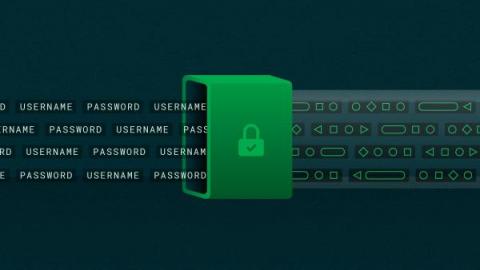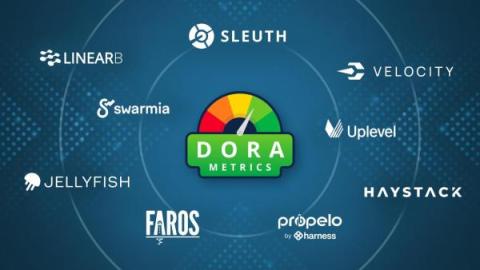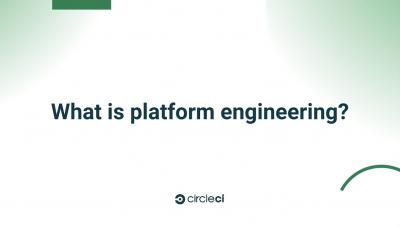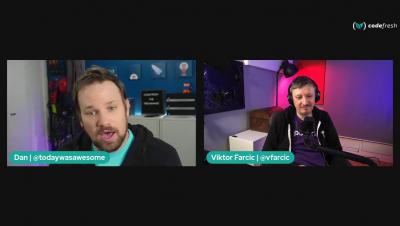Operations | Monitoring | ITSM | DevOps | Cloud
CI CD
The latest News and Information on Continuous Integration and Development, and related technologies.
New CircleCI features for secure secrets management
When security incidents happen, it’s crucial for software providers and users alike to take swift and effective action. In response to our recent security incident, we witnessed firsthand how an open and collaborative effort between our customers, technology partners, and engineering teams helped to contain the threat and mitigate risk of unauthorized access to customer systems.
DORA Metrics Best Trackers Comparison Guide [Feb 2023]
If you're a DevOps team looking for ways to improve your performance, you've probably heard of the Accelerate and DORA metrics. Tracking your performance with these metrics is a challenge, requiring good tooling. You might be tempted to build your own tracking solution, but you don’t need to! Due to the growing popularity of DORA metrics, several tracker tools are available on the market. But how do you choose the best DORA metrics tracker for you? This handy comparison guide will help!
Simplify and Secure Your CI Pipelines with Codefresh
Creating effective Continuous Integration pipelines is a daunting task that requires combining knowledge from different areas. At Codefresh we have always strived for a fast feedback loop between both customers and prospects in regards to pipeline speed and simplicity. We always want to improve the onboarding process for everybody regardless of their position in the cloud native journey.
Platform Engineering 101 | Everything You Need to Know
How to protect your production branch in a fire!
Integrate CircleCI with HashiCorp Vault using OIDC
Well-designed secrets management is a delicate balancing act between security and usability. Secrets must be easily accessible to the right users when building and deploying, but they must also at the same time be well-secured and easy to rotate. This article will cover how to thread this needle by integrating CircleCI with HashiCorp Vault and retrieving secrets using short-lived OpenID Connect (OIDC) authentication tokens.
Security best practices for CI/CD
Welcome to the DevSecOps and CI/CD security guide. Browse through each section to discover various relevant resources to ensure security of your applications and infrastructure.











